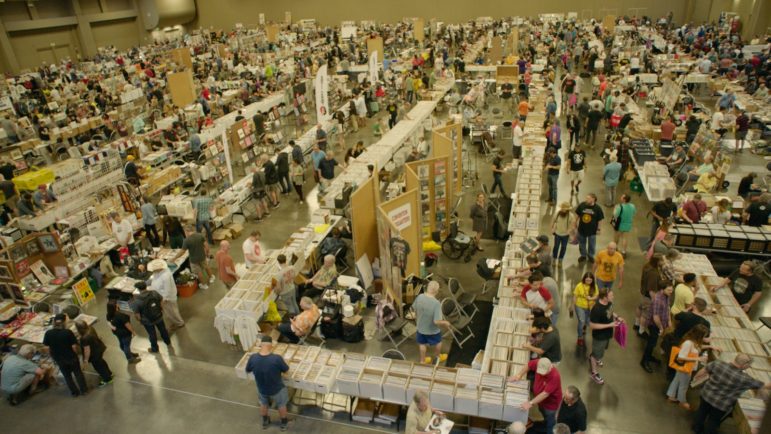
Kevin Smokler doesn’t believe the 2001 film “Ghost World” could be made today. Why? Because teenage malcontents Enid and Rebecca would neither sneer nor snicker at the archetypal “Record Collector Guy,” Seymour. More likely, they’d embody that character themselves. The idea that a record collector resembles a scruffy white guy with an ailing social life and a paunch is “not without merit,” Smokler admits, “but it’s a product of a different time.”
Smokler, a pop culture-preoccupied author and essayist based in San Francisco, stumbled into the world of vinyl around the same time its cultural comeback began in 2007. About seven years later, in 2014, Albuquerque-based screenwriter and filmmaker Christopher Boone made the same jubilant (re)discovery. Records, although no substitute for streaming, offered something different. They offered a tangible ritual, a welcome reprieve from the digital sphere and its dictates. In an age of technological innovation, they were a rest stop in the rat race. And in their reincarnation, they were popularized among a younger, diversified set of devotees.

This cultural resurgence demanded questions, ones that Smokler and Boone were eager to ask: “Has the return of vinyl made music fandom more inclusive or divided? What does vinyl say about our past here in the present? How has the second life of vinyl changed how we hear music and how we listen to each other?” And finally, “the bigger question,” as Smokler puts it: “What does the comeback of vinyl mean?” “Vinyl Nation,” Smokler and Boone’s 2020 documentary on the subject, seeks to address these questions. What emerges is a visual love letter to the medium, collectively written by a nation that acknowledges both its pleasures and its pitfalls.
Thanks to the COVID-19 pandemic, the biggest vinyl-buying day of the year, Record Store Day, was postponed and spread across three dates, the second event taking place Sept. 26.
“Vinyl Nation” is available to watch online now, and Smokler and Boone have been donating half their streaming proceeds to the record store or movie theater of the viewer’s choice, including Amoeba Music in Berkeley and San Francisco; Streetlight Records in San Jose and Santa Cruz; Alamo Drafthouse, Balboa Theatre and Vogue Theatre in San Francisco; CFI Smith Rafael Film Center in San Rafael; and Sebastiani Theatre in Sonoma.
Why vinyl? Why did you feel this documentary needed to be made?
Kevin Smokler: I had gotten back into vinyl quite by accident in 2007 when the comeback began. By the time Chris and I started discussing it in 2018, there was nothing more to ask about why vinyl had come back. We had to ask the bigger question: What does the comeback of vinyl mean? Records and music are alone, among pop-culture mediums, for an old technology roaring back with the force that vinyl has. The same cannot be said for dime novels or Atari 2600 cartridges or plays with Greek choruses in them. So what does the comeback of an old medium say about our relationship to music, musical artists, and to each other?
Christopher Boone: I come from a narrative filmmaking background. I’ve never done a documentary. But I was personally interested because I had gotten back into records in 2014, and my daughter had gotten into records shortly thereafter. She’s 17 now. I was really fascinated with younger fans who find this natural symbiotic relationship between streaming and vinyl records. I thought there was a lot to be explored that hadn’t been uncovered yet.
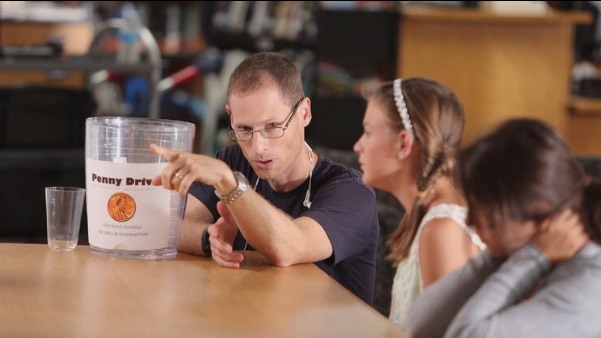
You traveled all over the country for this project. How did you determine where you wanted to go and who you should speak to?
Smokler: We wanted to make sure that by featuring the word “nation” in the title, we captured something that looked like the nation. We also knew we were living in the post-“High Fidelity” age, so that meant people who were interested in records were not just socially awkward white men in fashionable neighborhoods in Chicago. And maybe they never had been, and that was just the idea that had been encoded in our minds about them by pop culture.
Being with a small budget, we knew we also had to go to places that represented enough diversity for the film to be called “Vinyl Nation.” That meant we couldn’t just go to obvious music towns like Nashville, Austin and New Orleans, and call it a day. It also meant that we had to go to places where we could talk to two to three people at the same time because we were not in the position to pay for a trip to rural Montana to talk to one person. So we clustered everybody together and put pins on a Google Map based on that. That determined what our map of “Vinyl Nation” would be, even though I would say it’s still far from complete.
Boone: Yeah, I think that was probably the hardest part about all of this. We knew we wanted to cover all different corners of the country, but when we had to take some cities off the map due to scheduling and budget concerns, that definitely hurt. Especially since we’ve released the film and we see some of those cities are among our most supportive. There’s more to be covered, but I think we covered enough to give us a broad perspective. It’s far from perfect, but no documentary is.
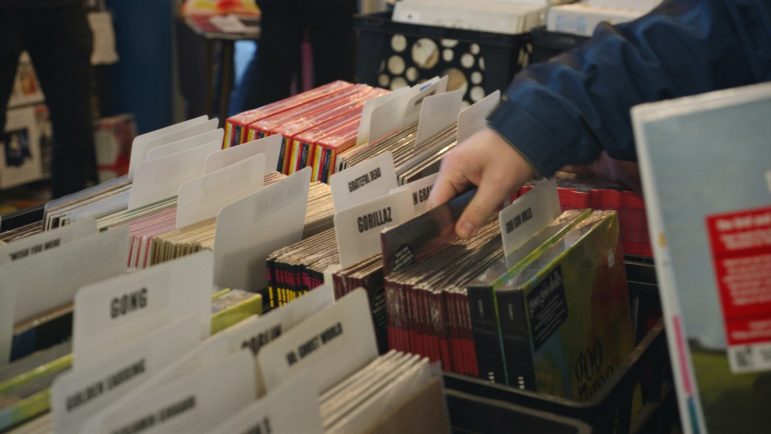
Can you speak to the appeal of analog in a digital world? This was heavily explored in the documentary, but what do you think records offer that iTunes or Spotify can’t?
Smokler: Let me start with this. We do not think it’s an either/or prospect. I think we make that pretty clear in the film. The supposed rivalry between them is imaginary. I have never found successive waves of technology to eliminate the one before. The comeback of records dovetails almost completely with the growth of streaming. The two have coexisted peacefully for almost a decade now. I think we should match the cultural experience with the technology that suits it best. Records have their place and it’s a wonderful place, but they do not work for everything. For exploration and convenience, digital is great. But to have a deep and soulful relationship with the music that you own, Spotify playlists aren’t quite enough for me.
Boone: I would agree with a lot of that. For me, listening to music on a record allows me to disconnect from the digital world. The process alone excites me, just to flip through my records and see which one calls out to me. I don’t get that on Spotify. When I put a record on, I’m much more engaged with it. Streaming feels more like a medium for discovery, whereas buying records is more like a commitment.
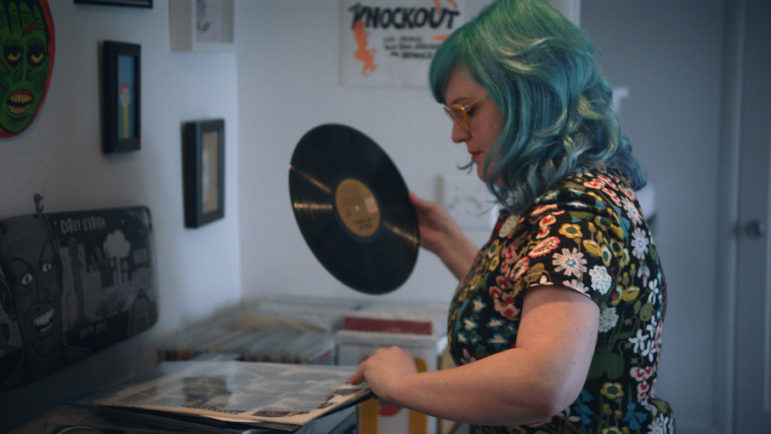
I love that you featured clips of “Ghost World” and “High Fidelity” to illustrate the outdated “Record Collector Guy” stereotype. How do you think this diversified second generation of collectors has informed the music industry and pop culture at large?
Smokler: I think it’s important to remember that that stereotype was only true in popular culture and not really true in the culture at large. The idea that a record person looks like the “Comic Book Guy” from “The Simpsons” is not without merit, but it’s a product of a different time. It’s a product of a time when records were a scarcity; therefore, the people who were into them wanted to form a priesthood around them and essentially fight over scraps that the culture at large didn’t care about. They thought they were unique and iconoclastic. You could not make “Ghost World” now. It would seem ridiculous that these girls in their late teens weren’t interested in records themselves. Of course they are. We can argue about the authenticity of teenagers and people in their early 20s buying $50 Crosley turntables and whether that “counts,” but it doesn’t matter whether you think so or not. They’re a very real force in the music business.
Boone: It’s kind of a chicken-or-the-egg question, too. Did Urban Outfitters and Crosley and Target bring turntables and records to the market and show young people they were cool? Or was it a response to young people buying records? I’m sure young people were into it first and marketers caught up, but the marketers definitely have a huge part in introducing young people to records. And it goes beyond young people. It’s everybody.
Do you think the extension of Record Store dates will be enough to keep record shops alive through the COVID-19 pandemic?
Smokler: I don’t know. Chris and I are worried about our favorite record stores, but we are also incredibly impressed and admiring of their ingenuity. The record stores that are in the film, like Mills Record Company and Park Avenue CDs, are in constant communication with customers and their community. These people know what they offer their community. They understand how beloved they are amongst their fans and customers, and they take that very seriously. That is the American spirit of small-business ingenuity at work.
Boone: I think the independent record stores that have built up strong relationships with their communities through newsletter subscriptions and social media channels seem to be weathering this storm better than others. It all comes down to relationships and your place in the community.
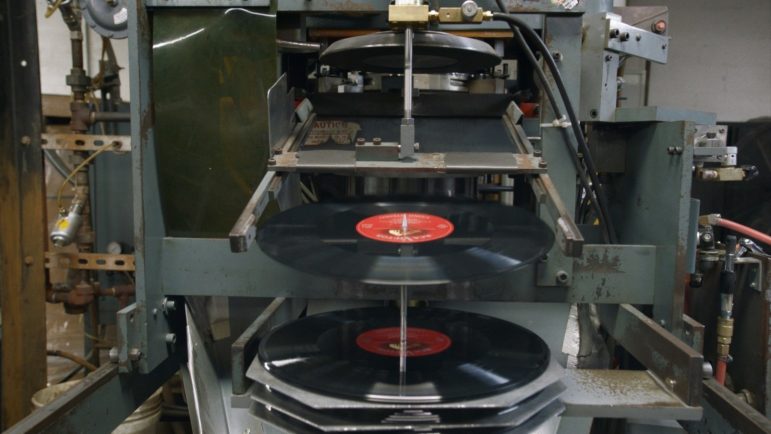
1-2-3-4 Go!’s San Francisco location closed its doors in August. Any thoughts or memories associated with this location or 1-2-3-4 Go! Records in general?
Smokler: I never thought that store was a particularly good fit for Valencia Street. I think it’s a much better fit in Oakland. I’ve patronized the Oakland shop many times, and I think it’s a great record store. I would caution any of us to take too much out of the closing of a single record store. Yes, it is sad to see any local beloved business go away, but it is not a stand-in for the health of that community or the industry itself. The Bay Area, despite it being incredibly expensive and not particularly friendly to run a small business, has a thriving record store community. While I do not want any record stores to suffer or any employees to be out of a job, we should bear foremost in mind how fortunate we are as record people in the Bay Area.

Boone: I’m not from the Bay Area, so I can’t really comment on this very much. My knowledge of the area comes more from fiction based in reality, like Michael Chabon’s “Telegraph Avenue” novel, which really introduced me to what the Bay Area record store scene is and was. It was fascinating afterwards to do more research and discover how strong that record community had been, and how it’s transformed over the years. Like Kevin said, the Bay Area has riches when it comes to record stores, unlike some of us who live in New Mexico.
What was your introduction to records and vinyl culture?
Smokler: My parents were big record people, but I didn’t pay much attention to their records. Growing up in Ann Arbor, Michigan, I had older cousins in Detroit who were big record people. I thought it was cool, but I also didn’t understand why I would buy a big flat piece of plastic that would so easily scratch or break when I could buy a tiny cassette. I have since gone digging at a bunch of Detroit record stores that they introduced me to when we were kids 30 years ago.
I’ve tried to pay it forward as best I can. I keep a short list of the times that I have convinced someone to purchase a turntable and get into records. I think anyone who’s into records has the memory of a complete stranger at a record store pointing to a record you’re holding in your hands and saying, “You absolutely need that. You have to get that record.” We try and do the same. It’s part of the collective enthusiasm for the medium itself. Those memories of strangers foisting records on me are very special. Most of the time, even though they didn’t know me, they were right.
Boone: I have a similar life trajectory as it relates to vinyl records. We had my mom’s old turntable down in the basement when I was growing up. I have two older brothers, and I would play the 45s that my brothers would buy. I had no issue playing Pink Floyd’s “Another Brick in The Wall” and then putting on “Grease’s” “Summer Lovin’.” Of course, I also had an orange Fisher-Price turntable in my bedroom, and that was mostly for the “Sesame Street” records. I also remember having Michael Jackson’s “Wanna Be Startin’ Somethin’” on a 45. My first full-length album was a cassette copy of “Sports,” by Huey Lewis and the News. It was all cassettes and CDs for me, so it’s been interesting to come back around to records.
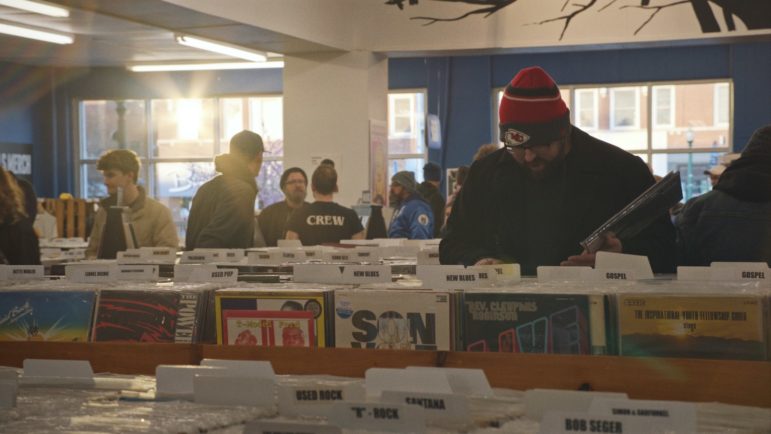
What are some of your most cherished records in your personal collection?
Smokler: I probably own 600-700 records, but that’s pretty small compared to many of the people that we interviewed in “Vinyl Nation,” who have whole rooms dedicated to records. I think the records that are really special to me are the ones that my wife and I share together. There are five or six bands that are unique to our relationship, and we try to get a complete set of those artists’ records. One of the first times that we saw live music together was at South by Southwest 12 years ago, and it was a then-little known Australian band called Cut Copy. Most of their early albums were released primarily on vinyl in Australia, so their early albums are not so easy to come by if you don’t want to pay a hundred dollars for them. It’s been a real adventure finding Cut Copy records for my wife and I to acquire at a reasonable price. I think I speak for both Chris and I when I say we’re not record-hunters by nature. To me, the special records are the ones that are special in the associations they have. So if my wife and I get a complete set of Cut Copy, Michael Jackson, or Prince records, I think those will be my most special records.
Boone: I have way fewer records than Kevin does. I think my wife and I own maybe a hundred. In terms of most cherished records, I think it’s more about what a record reminds me of, or how it came into my life. The first record that my wife bought when she got a turntable for us was a used copy of U2’s “The Joshua Tree.” It’s probably my favorite album. Side A of that album is my favorite album side of all time. I have a pristine used copy of INXS’ “Kick.” That’s the first concert I ever went to. My daughter also got me a used copy of Rolling Stones’ “Tattoo You” for my birthday. When I put it on, I remembered that my brothers and I had a 45 of “Start Me Up” that I had completely forgotten about. More than anything, it’s just those memories. Records that have come into our lives during the making of the movie have been really great. It’s more like who gave it to me than the record or music itself.